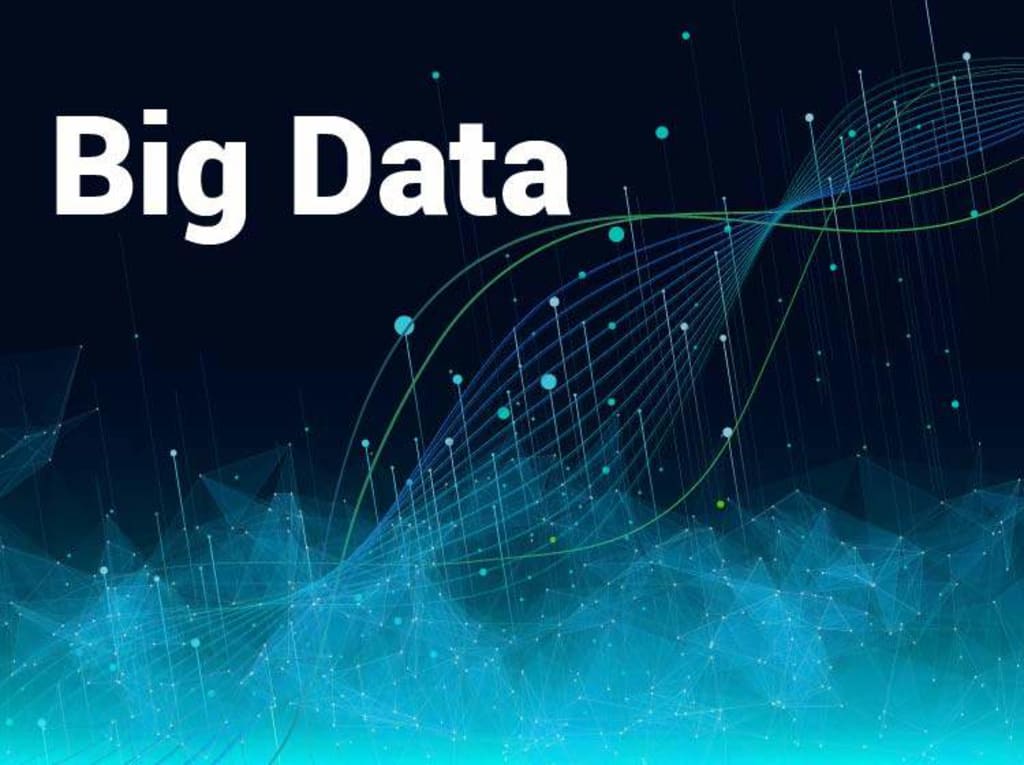The Power of Data
Exploring Big Data Analytics and Its Applications

Introduction
In today's interconnected world, data is being generated at an unprecedented rate. This abundance of information has given rise to a powerful tool known as big data analytics. By leveraging advanced technologies and analytical techniques, businesses and organizations can uncover valuable insights that fuel innovation and drive success. In this article, we will embark on a journey of exploration, delving into the fascinating world of big data analytics and its transformative applications. Through real-life examples, we will witness how this data-driven approach has revolutionized various industries, paving the way for a brighter and more prosperous future.
Section 1: The Essence of Big Data Analytics
At its core, big data analytics involves the systematic extraction, analysis, and interpretation of massive volumes of data to uncover patterns, trends, and correlations. Traditional methods of data analysis fall short when dealing with the sheer scale and complexity of big data. However, thanks to technological advancements and sophisticated algorithms, organizations can now make sense of this wealth of information and extract valuable insights that were once hidden.
Section 2: Revolutionizing Healthcare
One area where big data analytics has made significant strides is healthcare. By analyzing vast amounts of patient data, including medical records, clinical trials, and genetic information, researchers can gain profound insights into diseases, treatments, and patient outcomes. For instance, the use of predictive analytics helps identify high-risk patients who may develop certain conditions, allowing for early interventions and personalized care. Furthermore, by pooling data from various sources, such as wearable devices and electronic health records, healthcare providers can gain a comprehensive understanding of a patient's health, enabling better diagnoses and treatment plans.
Real-life Example: The University of California, San Francisco (UCSF) implemented big data analytics to enhance patient care and reduce readmission rates. By analyzing patient data, including demographics, medical history, and social determinants of health, UCSF identified patterns that predicted the likelihood of readmission. Armed with this knowledge, healthcare professionals devised proactive interventions, resulting in a substantial decrease in readmission rates and improved patient outcomes.
Section 3: Empowering Retail and Customer Experiences
The retail industry has also embraced the power of big data analytics to gain a competitive edge. By analyzing customer data, such as purchase history, preferences, and browsing behavior, retailers can personalize their marketing efforts and tailor product offerings to individual customers. This data-driven approach enhances customer experiences, boosts sales, and cultivates brand loyalty.
Real-life Example: Amazon, the e-commerce giant, leverages big data analytics to provide personalized product recommendations. By analyzing vast amounts of customer data, including past purchases and browsing behavior, Amazon's recommendation engine predicts and suggests products that align with each customer's interests and preferences. This personalized approach has significantly contributed to Amazon's success, driving customer engagement and increasing sales.
Section 4: Enhancing Transportation and Logistics
In the transportation and logistics industry, big data analytics has brought about substantial improvements in operational efficiency and cost savings. By analyzing data from sensors, GPS devices, and traffic patterns, companies can optimize routes, reduce fuel consumption, and enhance delivery schedules. Additionally, predictive analytics enables better demand forecasting, leading to improved inventory management and reduced wastage.
Real-life Example: United Parcel Service (UPS) harnesses big data analytics to optimize its delivery operations. By integrating data from various sources, such as package weight, destination, and traffic conditions, UPS creates sophisticated algorithms that determine the most efficient routes for their drivers. This data-driven approach has resulted in significant fuel savings, reduced delivery times, and increased customer satisfaction.
Conclusion
Big data analytics has emerged as a game-changer across multiple industries, enabling organizations to unlock the potential of their data and make informed decisions. By analyzing vast amounts of information, businesses can gain a competitive advantage, drive innovation, and deliver exceptional customer experiences. As we continue to generate more data, the importance of harnessing its power through advanced analytics techniques will only grow. By embracing big data analytics, organizations can pave the way for a future where data-driven insights drive success and positively impact society as a whole.
About the Creator
Enjoyed the story? Support the Creator.
Subscribe for free to receive all their stories in your feed. You could also pledge your support or give them a one-off tip, letting them know you appreciate their work.





Comments
There are no comments for this story
Be the first to respond and start the conversation.